5. Dawn of the Dead
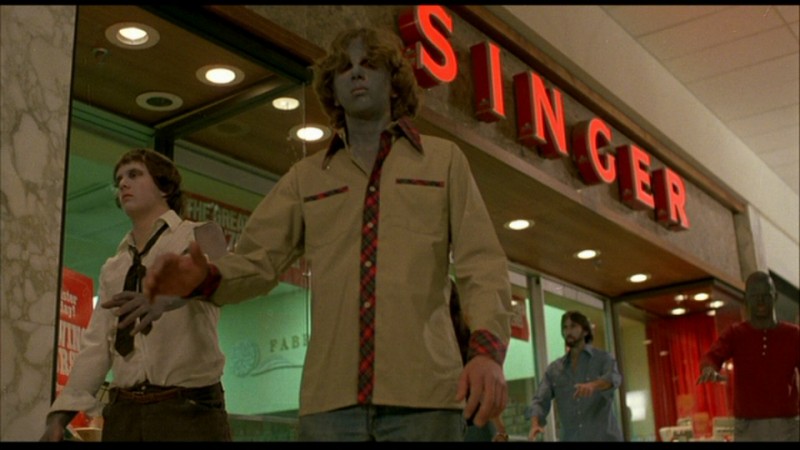
It took writer/director George A. Romero ten years to bring us a sequel to his low budget cult classic Night of the Living Dead, but if that is the length of time it takes to create the perfect sequel, then audiences should be happy to wait.
In 1968, Romero, with only a few shorts and industrial films under his belt, got his friends together with a limited budget and shot a film that would change not only the genre, but film in general.
The United States introduced the MPAA Film Rating System a month after the film was released, it proved B movies could be art and introduced the world to the pop culture phenomenon of zombies. It was never going to be an easy act to follow this up, yet Romero succeeds.
Dawn of the Dead carries across nothing from the original. New characters, new setting, new style. Romero also brings a satirical edge to the undead. The survivors inhabit a shopping centre and quickly embrace a lifestyle of materialism and hedonism. Romero cannot help but take a swipe at the consumer culture that had only begun to swallow society.
Trapped in the temple of capitalism, Romero’s flesh eaters are more than just a danger to the survivors, they represent the modern day shopper: a brain dead hoard moving en masse, devouring everything in its path.
4. Captain America: The Winter Soldier
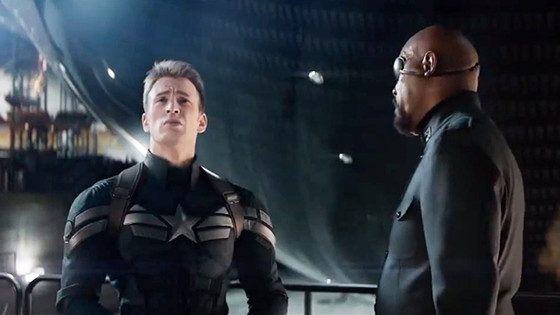
Let’s face it: Captain America was always going to be a difficult hero to bring to the silver screen. His bright-eyed idealism and symbolic jingoism would never bode well with a highly cynical and jaded market. Not to mention he was still a man in leotards fighting the Nazis with a shield.
Director Joe Johnston did a respectable job bringing Cap to life in the original film which, to be honest, was nothing more than an introduction to the character. Unlike Batman, Cap’s background is not common knowledge and his transformation from a tiny, illness ridden pipsqueak into a super soldier is vital to the audience’s understanding of the character. Not to mention great hype for The Avengers.
So how do you take a character, whose first film was a marketing strategy, and convince the audience to spend two hours immersed in history without Iron Man, Thor or The Hulk anywhere in sight? Well, you bring in a pair of inexperienced filmmakers (one feature film credit) to make one of the most hyped superhero flicks of the year. Sounds like a disaster waiting to happen but, fortunately for fans, Joe and Anthony Russo knew exactly what they were doing.
The pair took Cap and threw him into a conspiracy thriller. A contemporary world where Cap questions the role of SHIELD in protecting the world and the dangers of preeminent strikes. It’s a world where Cap’s old school idealism clashes with modern America’s pragmatism.
The Russo Brothers’ influences clearly come from the best of conspiracy thrillers: Three Days of the Condor, All the President’s Men and The Parallax View. The very idea of putting a superhero into a old school conspiracy thriller may raise a few eyebrows but not only did the Russo Brothers elevate Captain America into a popular stand alone film, they created one of the best entries into the Marvel Cinematic Universe.
3. The Raid 2
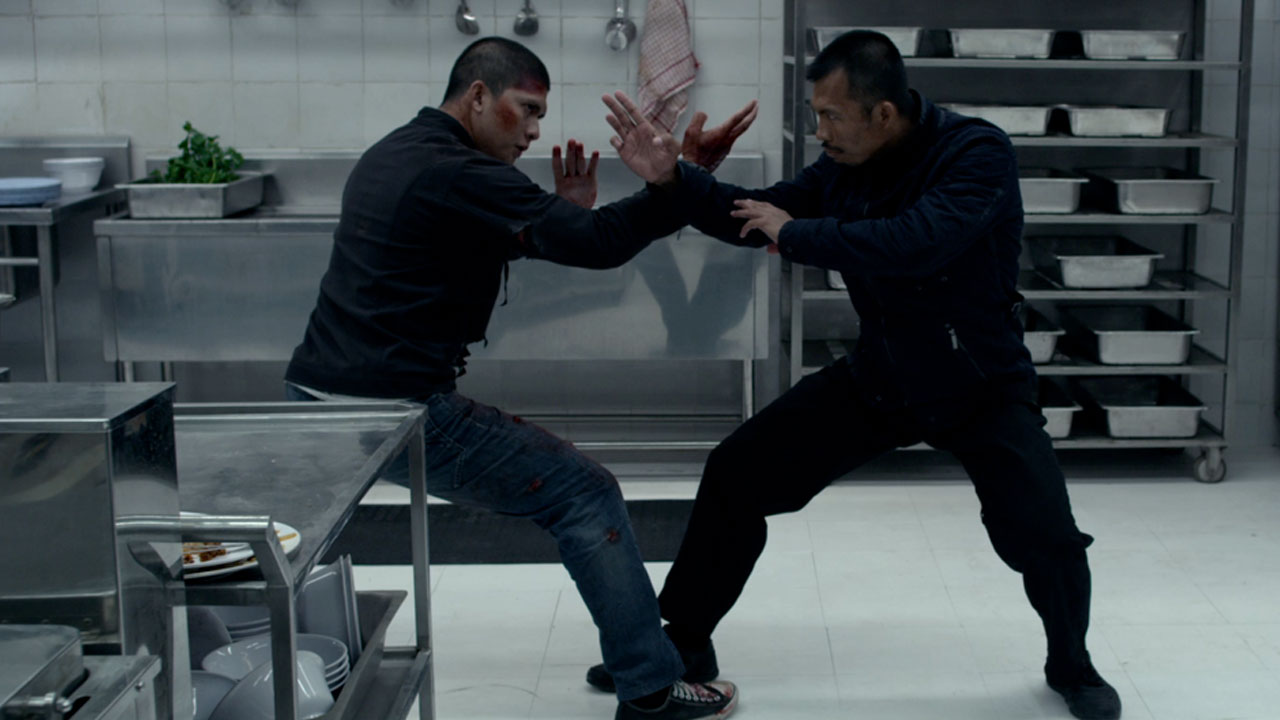
For decades, Hong Kong was the home of martial arts cinema. Hollywood could not compete with the likes of Bruce Lee, Jackie Chan, Jet Li, Sammo Hung, Yuen Biao, Yuen Woo-ping and Tsui Hark. But in recent years, other countries are starting to crack into the market.
Thailand was first with director Prachya Pinkaew introducing the world to Muay Thai expert Tony Jaa with the Ong-Bak and The Protector films. While both Hollywood and China were utilising big budgets and special effects, the Thai film industry was carving out a niche with real fights, real stunts and real blows.
Indonesia was next though with Welsh director Gareth Evans introducing the world to the ancient art of Silat and two of its best practitioners: Iko Uwais and Yayan Ruhian. While Merantau established the team, it was the survival action-thriller The Raid that turned them into a force to be reckoned with, both in and out of the movie. The film was a financial and critical hit and has been dubbed one of the best action film of the century.
So when Gareth Evans announced a sequel, many assumed it would another rehash. After all, the film was essentially Die Hard. Twenty elite Indonesian police officers are ambushed and trapped in a high rise slum and are forced to fight their way out. Evans could have simply transported the same story to another location and it would have found a audience. Instead, The Raid 2 became a martial arts version of The Departed.
The sequel was still a thriller, it still had ground breaking fight scenes, and the tension still came from the risk of exposure. In the original Rama and the other survivors hide from gangs of killers. In the sequel, he hides in plain sight, undercover with one of the most powerful crime families in Jakarta. The original was a simple story, the sequel became a microcosm of Indonesian society.
Clearly, Evans had a winning story structure that could have carried over into multiple sequels until it went stale. He took a risk, and created one of the most original and daring action films of all time.
2. The Dark Knight
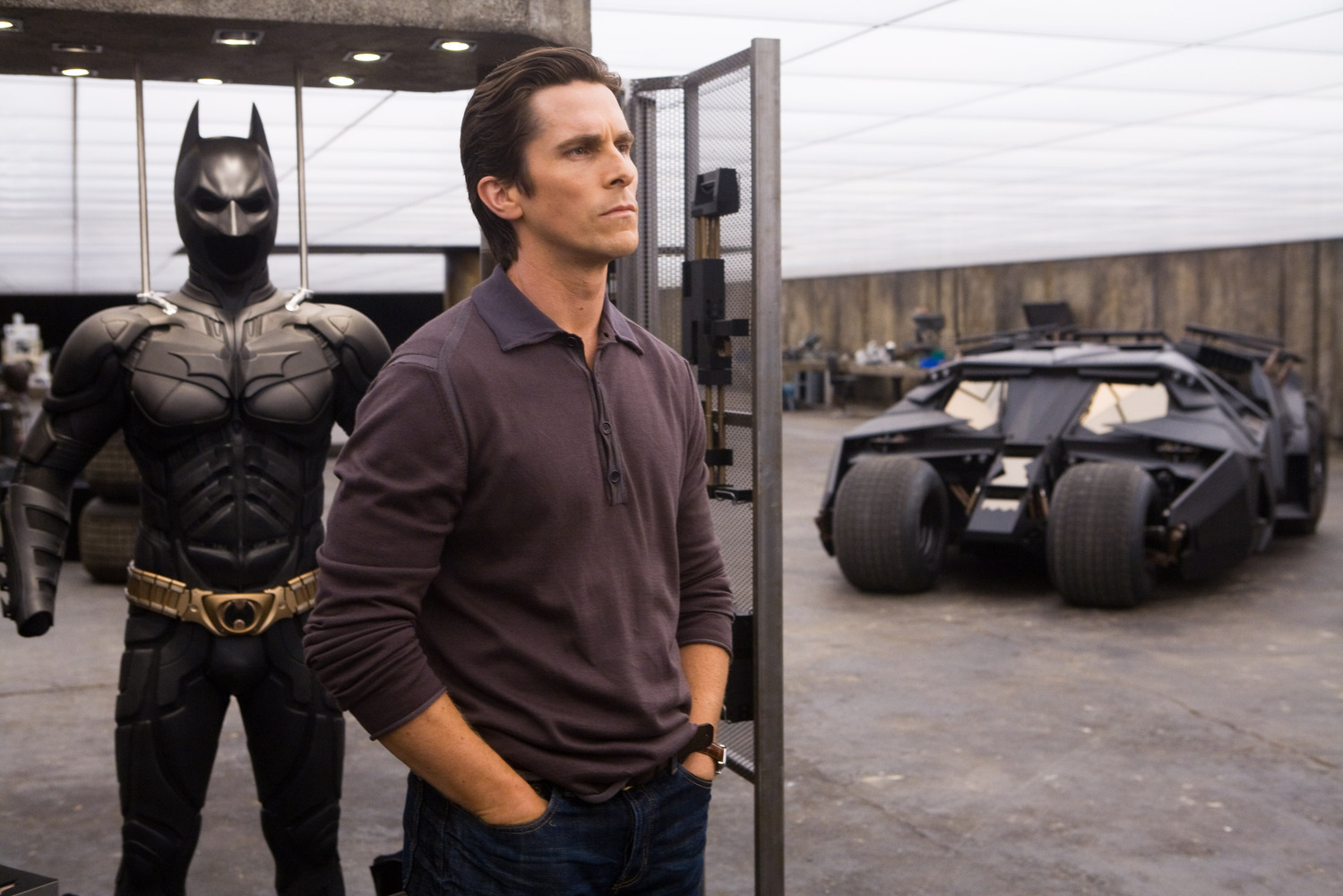
Frequently listed as one of the few sequels to truly beat the original, The Dark Knight has been praised as the first comic book movie to turn the style into an art form. While Heath Ledger received a much deserved posthumous Oscar for his turn as The Joker, fans were outraged when the Academy snubbed the film in the Best Picture, Director and Screenplay categories over The Reader, later prompting the Academy to expand its Best Picture category from just five to potentially ten nominees.
What made Nolan’s film version ‘realistic’ was the exposition layered in science and conceivable story structure. Questions such as how Bruce Wayne could assemble expensive equipment, build a Batcave and construct an alter ego without anyone becoming suspicious are answered.
“Does it come in black?” he asks with a cheeky grin regarding Wayne Enterprises’ discontinued military vehicle that no one at a multi-billion dollar company knew about, apart from Lucius Fox.
Despite these answers, Batman still fights in a fictional high-rise slum against an ancient cult planning on destroying Gotham using poison gas to drive the city insane. It may have had a realistic edge, but it was still a comic book.
With The Dark Knight, Nolan truly embraced realism, as the concept of a man dressed as a one-man bat army fighting a psychopathic clown seemed plausible. Gone are the Joker’s extravagant, Bond villain-esque plans (such as using parade blimps to poison Gotham with a gas that cause hysterical laughter before death, scaring victims with a hideous smile). Instead, Nolan’s Joker is a domestic terrorist. He rips apart Gotham from within, making them turn against their own hero.
Clearly this is a post-9/11 Batman and Nolan’s Gotham is no longer a gothic metropolis (Batman/Batman Returns), a neon theme park (Batman Forever/Batman & Robin) or a dystopian slum (Batman Begins), it is downtown Chicago. Well, not really, but the entire film was shot in Nolan’s hometown.
This is not a comic book world, this could be any city across America and the violence and destruction shot has become a metaphor for the real world suffering that we witness. This is a world where Batman is a vigilante, not a superhero, and where the Joker is a terrorist, not a supervillain.
1. Aliens
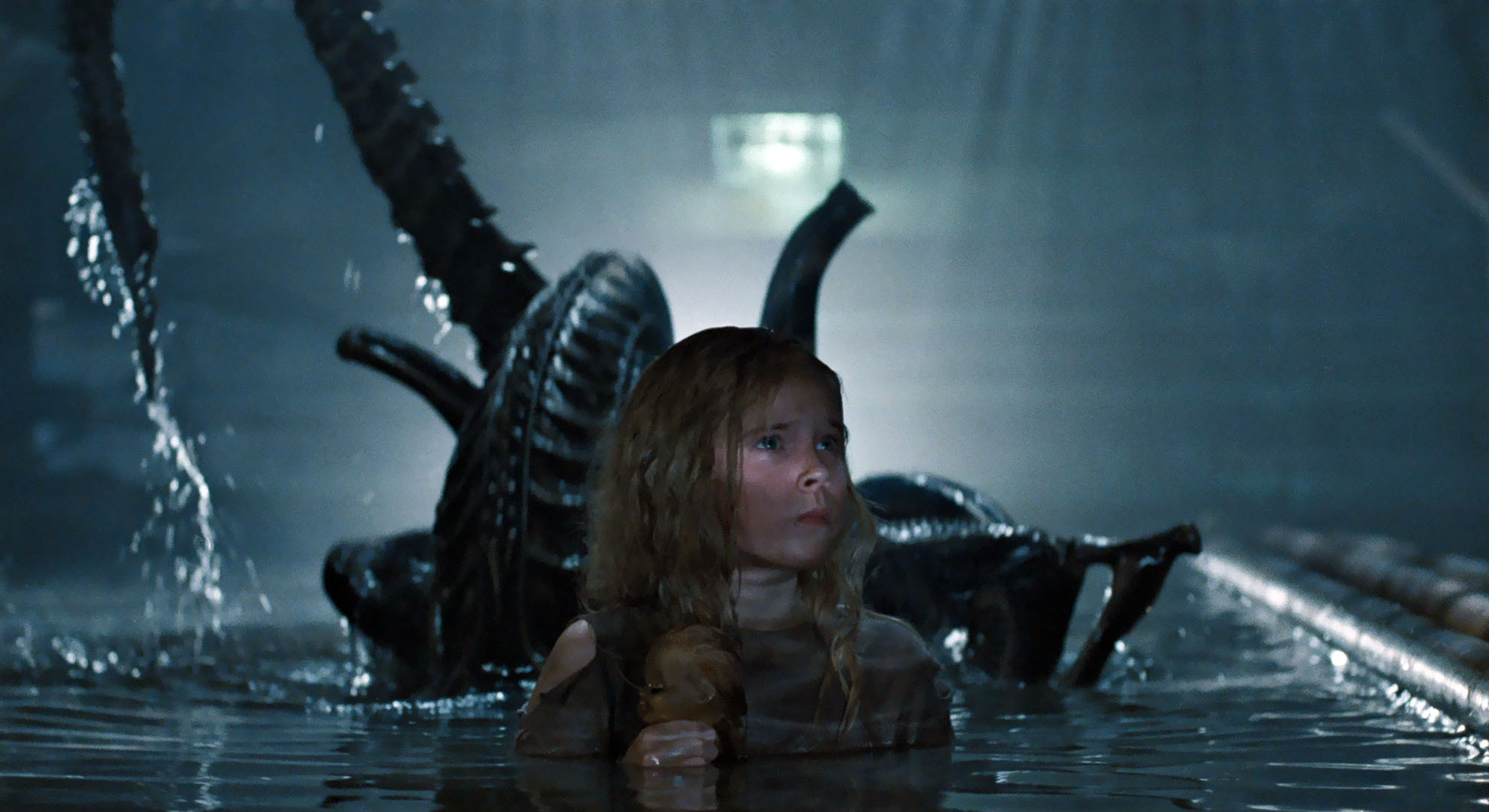
By the late 1970’s, space was all the rage in Hollywood. 2001: A Space Odyssey, Star Wars and Close Encounters of the Third Kind had brought back the wonder of space travel not felt in the public since the Moon landings. So when Ridley Scott released a story set in a claustrophobic nightmare inhabited by a acid bleeding killing machine, one cannot blame society for losing interest in space exploration.
Alien redefined both the horror and science fiction genres. So imagine the anxiety that flooded the studio when a young director, only in pre-production on his second film at the time, pitched a sequel that focused on action over horror. Fortunately, the studio agreed and created one of the greatest sequels of all time.
Scott’s haunted house in space was transformed into a first person shooter mixed with a Vietnam War allegory. Cameron’s greatest contribution, however, was the deeper characterisation of Ellen Ripley.
In the original, much mystery surrounded the eight crewmembers of the Nostromo. With no clear protagonist, the audience was left to wonder who would fall victim to the Xenomorph. Ripley was the coldest of all the crewmembers: she was willing to let Kane die due to quarantine and leaves Parker and Lambert during the evacuation.
Ripley is not a hero, she is a survivor. This changes under Cameron’s direction as Ripley is introduced as a grieving mother who must protect her surrogate daughter. Sure, Ripley is surrounded by bad-ass space marines armed with nuclear weapons but hell hath no fury like a mother protecting her child and Ripley is a force of nature, fighting against a queen protecting her own children. An unstoppable force meets an immovable object.
Author Bio: Jack is currently studying a Master of Arts in Creative Writing at the University of Technology Sydney (UTS). He enjoys binge watching films, writing scripts that may never be made and hopes to find the courage to start his film blog.